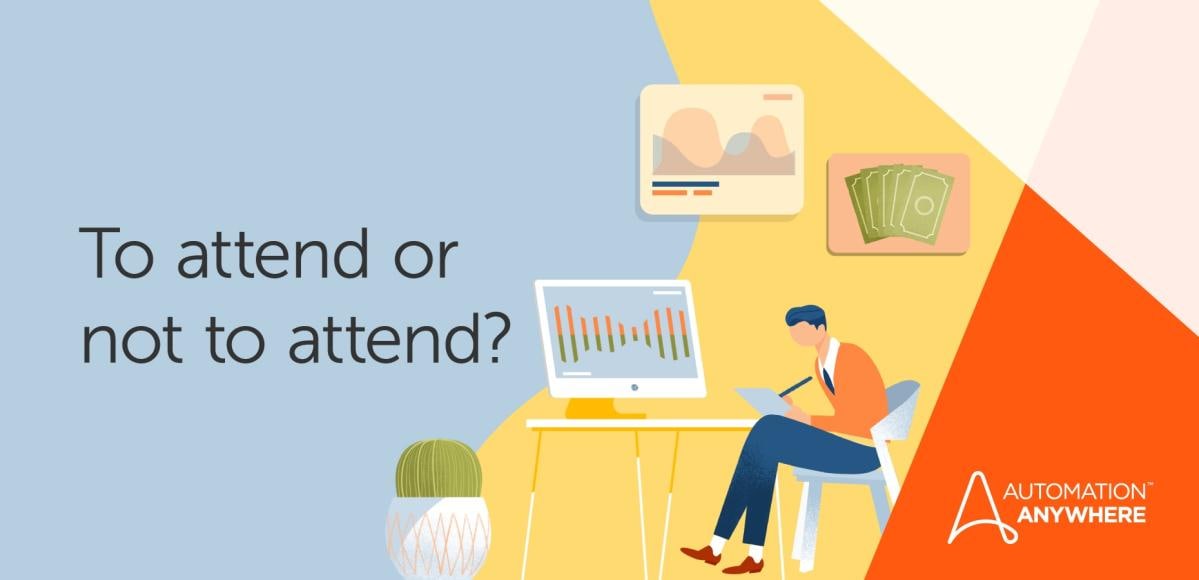- Login
- Search
- Contact Us
-
Have a question? Our team is here to help guide you on your automation journey.
-
Explore support plans designed to match your business requirements.
-
How can we help you?
-
- AI
AI Without the Hype From pilot to full deployment, our experts partner with you to ensure real, repeatable results. Get Started
- Automation Anywhere AI
-
- Solutions
Featured Agentic Solutions
Accounts Payable Invoice automation—No setup. No code. Just results. Accounts Payable
Customer Onboarding Scale KYC/AML workflows. Customer Onboarding
Customer Support Keep queues moving, even at peak load. Customer Support
Healthcare RCM Revenue cycle management that runs itself. Healthcare RCM
- Products
Platform Features
- Agentic process automation (APA)
- Robotic Process Automation (RPA)
- View all Products
-
- Resources
Get Community Edition: Start automating instantly with FREE access to full-featured automation with Cloud Community Edition.
Featured
 Named a 2025 Gartner® Magic Quadrant™ Leader for RPA.Recognized as a Leader for the Seventh Year in a Row Download report Download report
Named a 2025 Gartner® Magic Quadrant™ Leader for RPA.Recognized as a Leader for the Seventh Year in a Row Download report Download report- Become an Expert
- Developer Tools
- Get Support
- View all resources
-
- Partners
Find an Automation Anywhere Partner Explore our global network of trusted partners to support your Automation journey Find a Partner Find a Partner
- Find a Partner
- For Partners
-
Blog
Attended or Unattended Bots — Which Should You Choose?
Navigate to content
Pick up an advanced camera, and you’ll probably be given a choice of operation. You can put the camera on automatic, and it will do all the work to set up the exposure. Or you can decide to select some of the settings yourself, for example, the shutter speed, and let the camera do the rest for a semiautomatic experience. Or you can switch to manual mode and do everything yourself. The manual mode takes more work and can lead to more human errors than the semiautomatic or automatic mode.
When it comes to handling work in the office today, you have a similar choice. Those repetitive, low-level tasks can be done manually, which will probably slow you down and open the door for errors. Or you can select Robotic Process Automation (RPA software) bots that can automate tasks. And there you have two choices: attended bots, which could be considered semiautomatic since they require some human intervention, and unattended bot, which are fully automatic, requiring no human intervention.
So which is best for you? Like using the camera and setting, it depends on the situation or application and, of course, your preference. But many businesses use both in the office.
Common benefits
Attended and unattended bots can run on-premises or in the public or private cloud. They can automate, streamline, and accelerate tasks, freeing up humans for higher-level work. And that can result in increased human worker productivity and eliminating the potential for errors associated with handling those tasks manually. Attended and unattended bots can also keep humans in the loop as the bots work, reaching out for judgment, guidance, and approvals.
How the bots differ
Attended
As mentioned before, attended bots work directly with humans, and they’re often used for front-office processes that cannot be automated end to end. A human worker will activate an attended bot when it’s needed and interact with the bot as it performs its task.
What tasks are best suited for attended bots? One of the most common is helping agents with customer support in contact centers. For example, a customer calls in with a request. While interacting with the customer, the agent who received the call activates an attended bot to gather the customer’s information from the center’s multiple databases and to display the information on the agent’s screen in real time.
The bot makes it possible for the agent to focus on the customer and not on the administrative task. The average call handle time can be reduced, and customer satisfaction can be increased with the customer not having to wait for the agent to search the records to get started.
The human-bot collaboration that’s achieved with attended office bots is similar to the type of collaboration possible with the digital assistant AI technology used in the home, such as Amazon’s Alexa or Google Home.
Unattended
As the term implies, unattended bots can run on their own, providing end-to-end automation for processes, usually in the back office. They can operate on a preset schedule or activated by logic in the process flow.
Typically, they’re used for tasks such as batch processing – requiring large amounts of data to be collected, sorted, analyzed, and distributed. For example, an unattended bot is a good fit for taking new customer information from spreadsheets and transferring that information into multiple applications. Since the bots can perform their job 24/7/365 without human intervention, operating costs can be reduced over manual processing.
Each mode is a good choice
Both the attended and unattended bots have their advantages, and both have a place within an organization. The choice of which works best for your processes is entirely up to you.
See the Advantages of Attended and Unattended Bot for Your Business.
About Automation Anywhere Staff
Get to know the Agentic Process Automation System.

For Students & Developers
Start automating instantly with FREE access to full-featured automation with Cloud Community Edition.



